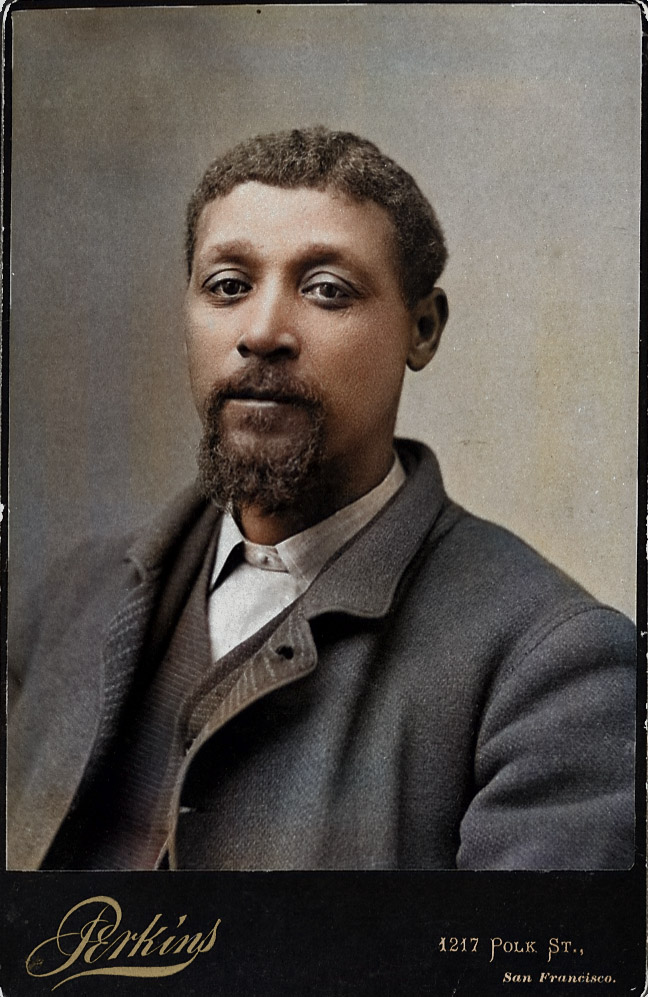YOSEMITE STAGE DRIVER
The Life and Times of George Monroe and His Family
By Tom Bopp
“Just as there are the greatest of soldiers and sailors, artists and mechanics at times
so there are greater stage drivers than their fellows and George Monroe was the greatest of all.”
– A.H. Washburn, Supt., Yosemite Stage & Turnpike Company
The Life and Times of George Monroe and His Family
By Tom Bopp
“Just as there are the greatest of soldiers and sailors, artists and mechanics at times
so there are greater stage drivers than their fellows and George Monroe was the greatest of all.”
– A.H. Washburn, Supt., Yosemite Stage & Turnpike Company


CHAPTER VI - EXCERPT
The pinnacle of George Monroe’s career came in 1879 when Ulysses S. Grant, returning home from a two-year-long world tour, came to visit Yosemite. It would also represent a pinnacle of achievement for George’s father and especially for his mother, Mary. Up to that time, Mary’s and her family’s travels seem to have had a synchronistic, almost numinous interconnection with Grant’s, like the braided rivulets in a streambed. In the late 1840s, Mary’s brother had traveled to Mexico, perhaps seeking a better life for his family, where at the same time Grant was reluctantly participating in the U.S. war of annexation that would bring slavery to the territory. In 1852, Mary’s husband and brother were shadowed by Grant on their respective journeys to California, and could conceivably have even taken the same ship. Mary’s route had intersected with Grant’s when she journeyed through San Francisco to the gold fields in search of her husband.
These recurring coincidences punctuate a far more significant, ideological connection. Fifty-seven years had passed since the births of Mary Monroe and Ulysses S. Grant in Ohio. Both had fought for civil rights—Grant on a national level, and Mary on a very personal level, and their hard-won successes complimented one another. Grant could measure his success through stories like the Monroes,’ and Mary’s efforts were in part enabled by Grant. Now, carrying the weight of those difficult years, their separate but long, intertwined paths, would finally merge.